Christmas is a time when many people embrace the lighter side of life by indulging in some of the quirkiest and silliest Christmas traditions. From donning garish sweaters to capturing awkward family photos, gifting yodeling pickles, and wearing novelty socks, these whimsical customs add a touch of humor and fun to the festive celebrations. Let’s take a journey through the history of some of these delightful and occasionally absurd Christmas traditions.
Table of Contents
ToggleThe Ugly Christmas Sweater Contest
The history of the Ugly Christmas Sweater Contest is a relatively recent phenomenon that has its roots in a blend of pop culture, humor, and a dash of nostalgia. It’s a tradition that has gained widespread popularity over the past few decades, evolving from a quirky party idea into a beloved holiday tradition.
Here’s a brief history of the Ugly Christmas Sweater Contest:
1970s-1980s: The roots of the Ugly Christmas Sweater Contest can be traced back to the fashion trends of the 1970s and 1980s when garish and colorful knit sweaters with holiday-themed designs were in vogue. These sweaters were not initially considered “ugly” but rather represented the style of the era.
Early 2000s: The concept of intentionally wearing and celebrating ugly Christmas sweaters began to emerge. Some credit a group of friends in Vancouver, Canada, who organized one of the first Ugly Christmas Sweater Parties in the early 2000s. The idea was to wear the tackiest and most outlandish holiday sweaters they could find or create.

Mid-2000s: With the rise of the internet and social media, photos from these parties started to spread online, capturing the attention of a wider audience. The humorous and nostalgic appeal of the sweaters contributed to the trend’s popularity.
Late 2000s: Ugly Christmas Sweater Contests became a common feature of holiday gatherings, both among friends and in workplace settings. These contests allowed participants to compete for prizes based on categories like “ugliest sweater,” “most creative,” or “best/worst use of holiday decorations.”
Present Day: The tradition has grown into a global phenomenon, with Ugly Christmas Sweater Contests celebrated at various events and gatherings during the holiday season. There’s even a National Ugly Christmas Sweater Day observed on the third Friday of December, encouraging people to embrace the quirky and festive nature of these sweaters.
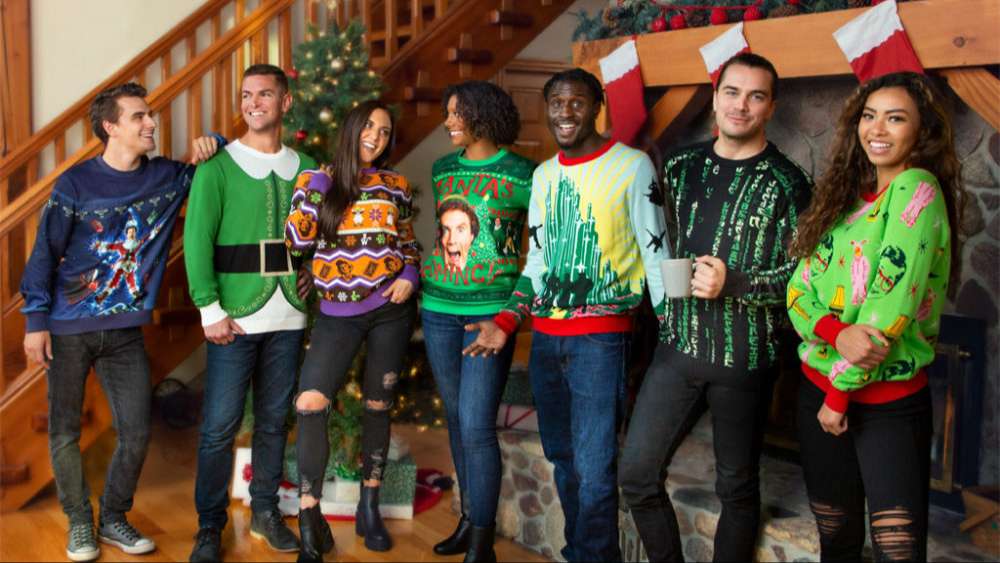
As the tradition has evolved, it has also led to the commercial production of intentionally “ugly” Christmas sweaters, with retailers offering a wide array of quirky and humorous designs. The Ugly Christmas Sweater Contest has become a lighthearted and fun way for people to express their holiday spirit and creativity, all while embracing the tacky and whimsical side of the season.
Awkward Family Photos
The tradition of capturing awkward family photos, including those taken during Christmas, doesn’t have a specific origin but rather emerged gradually over time with the advent of photography becoming more accessible and affordable for the average person. Let’s take a look at the general overview of how it evolved:
Early Family Photography (Late 19th to Early 20th Century): In the late 19th and early 20th centuries, photography was a relatively new and expensive technology. Families who could afford it would often visit photography studios to have formal portraits taken. These early family photos tended to be posed, serious, and formal.
Evolution of the Snapshot (Mid-20th Century): As cameras became more affordable and portable in the mid-20th century, the concept of the “snapshot” emerged. Families could capture candid moments and everyday life, moving away from the formality of studio portraits. However, many early snapshots still featured posed and sometimes awkward family compositions.

Proliferation of Holiday Photography: The holiday season, including Christmas, has long been a time when families gather and take photos to commemorate the occasion. With the growing popularity of holiday-themed greeting cards, some families began taking more creative and humorous photos to include in their cards.
Rise of Awkwardness: The trend of intentionally capturing awkward family photos likely gained momentum with the advent of the internet and social media. People started sharing these humorous and unconventional family portraits online, and they quickly became a source of entertainment and amusement for others.
Cultural References: The humor associated with awkward family photos was further popularized by websites and books dedicated to showcasing the most cringe-worthy and hilariously awkward family snapshots. In 2009, Mike Bender and Doug Chernack published a book titled “Awkward Family Photos,” which helped cement the concept in popular culture.
Holiday Editions: Given the importance of the holiday season and the increased focus on family gatherings and photography during this time, Christmas-themed awkward family photos have become a subgenre of the larger phenomenon. Families began intentionally staging humorous or unconventional Christmas photos to share with friends and relatives, often in the spirit of lightheartedness and good-natured fun.

In summary, the tradition of capturing awkward family photos during Christmas and other occasions evolved gradually over time, influenced by changes in photography technology, the popularity of holiday cards, and the rise of internet culture. It’s a tradition that embraces the imperfect and humorous aspects of family life, adding a touch of fun and creativity to holiday celebrations.
Gifting Yodeling Pickles
The Christmas pickle has been a curious holiday tradition that involves hanging a glass or plastic pickle ornament on the Christmas tree, often hidden among the other ornaments. Many of you have asked what a pickle have to do with Christmas? Yes, it actually does, there are a few competing theories about its history:
German Origin: One prevalent theory attributes the Christmas pickle tradition to Germany. According to this version, it’s believed to have originated in the late 19th century in Germany, particularly in the region of Bavaria. In this tradition, a pickle-shaped ornament was the last ornament placed on the Christmas tree, and parents would hide it deep within the branches. On Christmas morning, the first child to find the pickle ornament would receive a special gift or be given the honor of opening the first present.
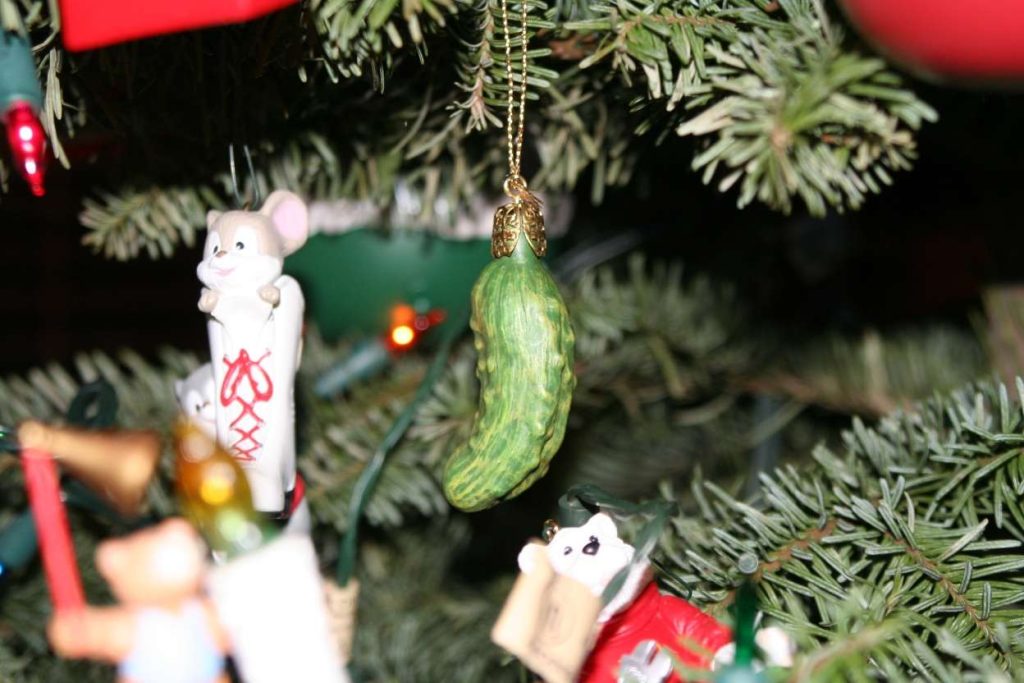
American Adaptation: While the tradition might have had roots in Germany, it gained popularity in the United States during the late 19th century and early 20th century. German immigrants may have brought the tradition with them to America, where it gradually evolved and became a part of the Christmas celebrations.
Marketing Gimmick: Some sources suggest that the Christmas pickle tradition could have been popularized or even invented by American ornament manufacturers and importers as a marketing gimmick to sell more ornaments. It’s worth noting that the tradition is not widely recognized or practiced in Germany today, and some Germans might be unfamiliar with it.
Symbolic Interpretations: Over time, the Christmas pickle tradition has taken on various symbolic interpretations. Some see it as a symbol of good luck or a way to encourage family togetherness and friendly competition. Others view it as a symbol of the search for Jesus, with the pickle representing the search for the hidden savior on Christmas morning.
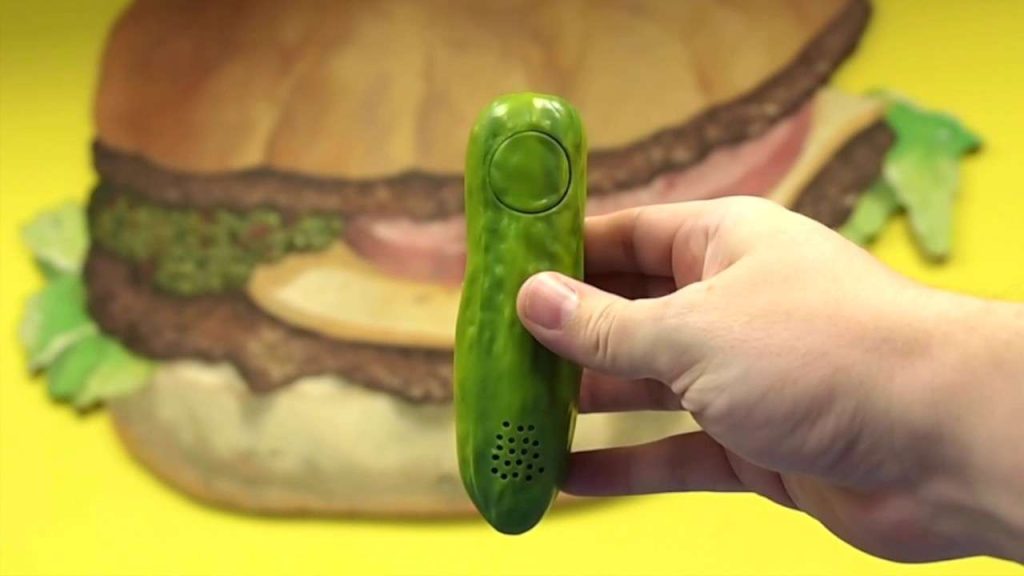
So why is there such a quirky Christmas gift as a yodeling pickle? As mentioned in the Christmas pickle tradition, a pickle-shaped ornament is hidden on the Christmas tree for family members to find. It adds an element of surprise and competition as people search for the hidden pickle. Similarly, the act of gifting a yodeling pickle involves surprising someone with an unexpected and whimsical gift, often resulting in laughter and amusement when the recipient discovers the quirky nature of the present.
Wearing Novelty Socks
It’s that time of the year when you start to see hundreds of different Christmas sock designs all over the market, and you find it’s hard not to get a couples for yourself and your family. The tradition of wearing novelty socks during the Christmas season is a relatively modern phenomenon, and its origins can be attributed to several factors:
Socks as a Practical Gift: Socks have long been a practical and common gift during the holiday season. They are both useful and versatile, making them a popular choice for gift-givers. Over time, this practicality has been combined with the desire to make holiday gifts more festive and enjoyable, leading to the creation of holiday-themed novelty socks.

Seasonal Festivity: Christmas is a time of celebration and festivity, and people often enjoy incorporating holiday-themed elements into their clothing and accessories. This includes wearing clothing items adorned with Santa Claus, reindeer, snowflakes, Christmas trees, and other festive symbols. Christmas-themed socks fit perfectly into this tradition.
Expression of Holiday Spirit: Many people enjoy getting into the holiday spirit by wearing Christmas-themed clothing, including socks. It’s a simple and playful way to show one’s enthusiasm for the season, whether at holiday parties, family gatherings, or simply around the house.
Gifts and Stocking Stuffers: Christmas stockings are a longstanding tradition, and they are often filled with small gifts and treats. Novelty socks have become a popular stocking stuffer because they are compact, affordable, and can be tailored to the recipient’s interests. Festive socks in holiday-themed designs are a natural fit for this tradition.
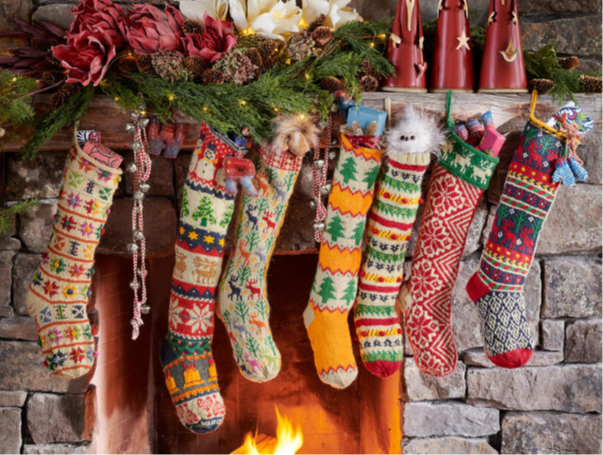
Retail Marketing: Retailers have played a significant role in popularizing the trend of holiday-themed novelty socks. They offer a wide variety of Christmas sock designs, making it easy for consumers to find socks that match their style and preferences. Clever marketing campaigns have also contributed to the trend’s growth.
In summary, the tradition of wearing novelty socks during the Christmas season has emerged as a result of changing fashion trends, the desire for festive and expressive clothing options, and the practicality of socks as gifts and stocking stuffers. It has become a fun and lighthearted way for people to embrace the holiday spirit and add a touch of whimsy to their holiday attire.

Conclusion – Silly Christmas Traditions Are Here To Stay
The holiday season is a time to celebrate traditions, both old and new, serious and silly. Silly Christmas traditions like the ugly sweater contest, awkward family photos, gifting yodeling pickles, and wearing novelty socks remind us to embrace the joy, laughter, and light-heartedness that come with the season. They serve as a reminder that amidst the hustle and bustle of the holidays, it’s important to take a moment to enjoy the whimsical and absurd, creating cherished memories that will be shared and laughed about for years to come. So, this holiday season, don’t be afraid to embrace the silliness and celebrate the uniqueness of your family and traditions, no matter how unconventional they may be.

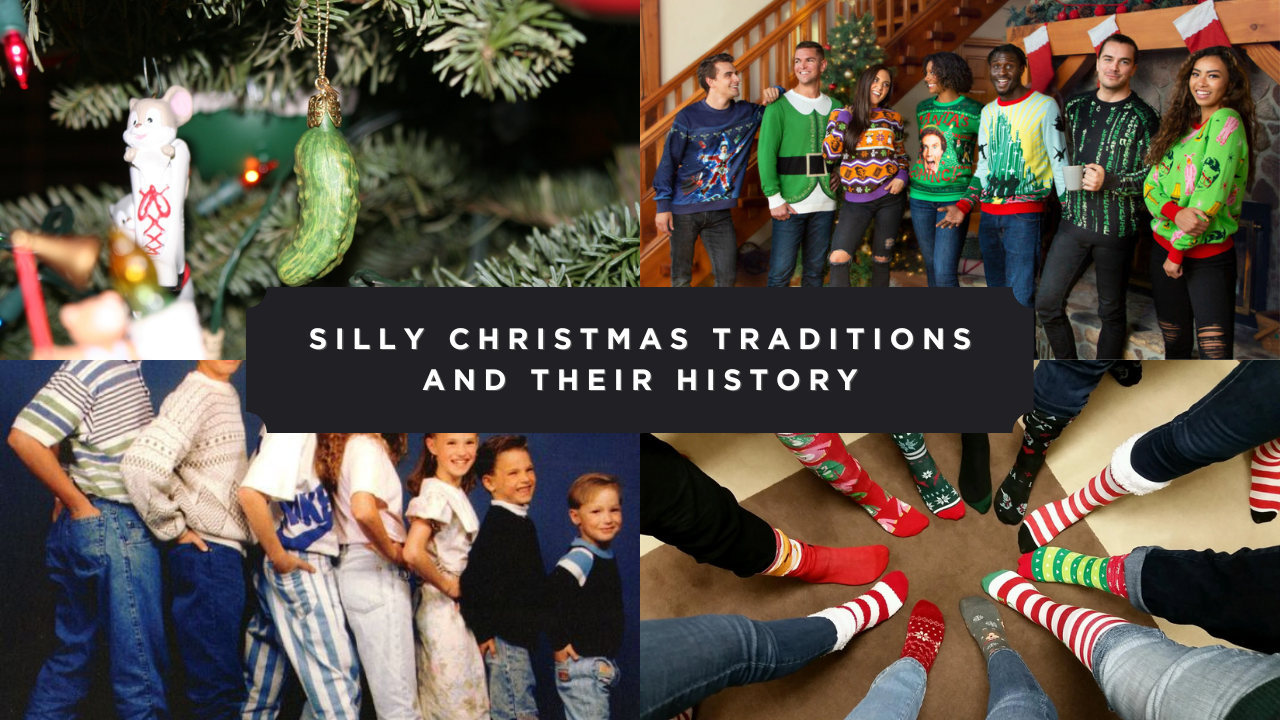




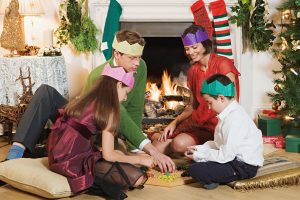





+ There are no comments
Add yours